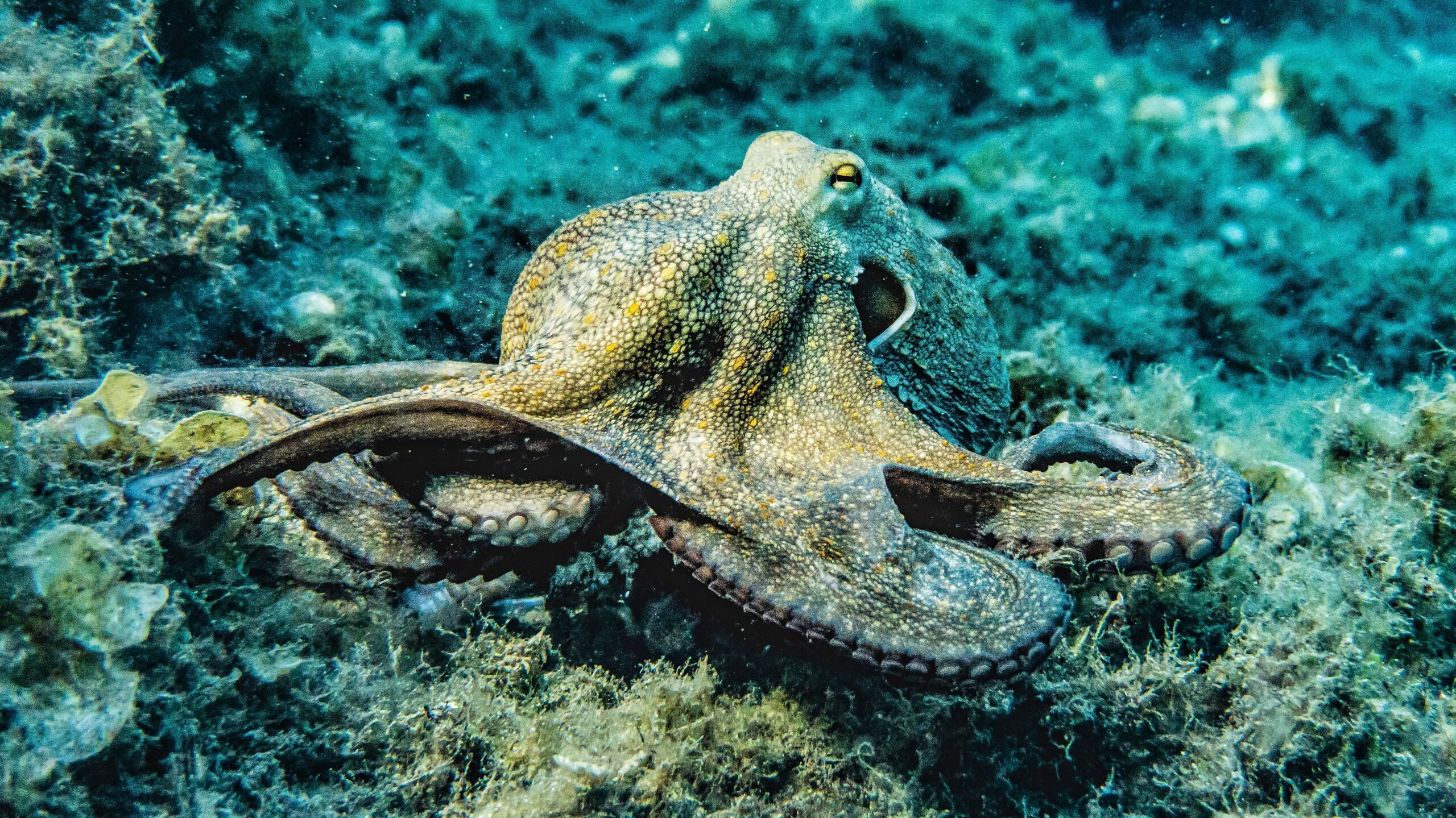The world’s oceans have always fascinated humanity, and tales of sea monsters have captivated our imaginations for centuries. From ancient myths and legends to modern-day sightings and stories, the idea of enormous, mysterious creatures lurking beneath the waves has persisted throughout history. While the existence of actual sea monsters remains unproven, there are several contenders for the title of the biggest sea monster based on folklore, mythology, and reported encounters.

One of the most well-known sea monsters is the Kraken, a legendary creature from Norse mythology. The Kraken is often depicted as a colossal octopus or squid, with massive tentacles that it uses to drag ships and sailors beneath the water’s surface. According to Norse tales, the Kraken dwells off the coasts of Norway and Greenland and is so enormous that its body is said to be mistaken for islands. While there is no scientific evidence to support the existence of the Kraken, its mythological status as a massive sea monster has made it a popular subject in literature, art, and popular culture.
Another contender for the title of the biggest sea monster is the Leviathan, a creature mentioned in various ancient texts, including the Bible. Described as a giant sea serpent or a monstrous whale, the Leviathan is said to inhabit the depths of the ocean and is often portrayed as a symbol of chaos and destruction. In some accounts, the Leviathan is so massive that its breath can create storms, and its scales are said to be impenetrable. While the Leviathan is generally considered to be a mythical creature, some interpretations suggest that it could have been inspired by actual encounters with large marine animals, such as whales or giant squids.
In recent times, there have been reported sightings of colossal creatures that could be considered as contenders for the title of the biggest sea monster. One such example is the alleged existence of the “Giant Oarfish,” a species of deep-sea fish that can grow up to 50 feet in length. These slender, elongated fish are known for their vibrant colors and striking appearance, with long, ribbon-like dorsal fins that resemble oars. While they are not known to pose any threat to humans, their immense size and rare sightings have led to them being dubbed as potential sea monsters.
Another reported encounter with a massive sea creature is the “Bloop” phenomenon, an ultra-low-frequency sound detected by underwater microphones in 1997. The sound was so loud that it was heard over a range of 3,000 miles and was initially thought to be the vocalization of an unidentified sea creature. Speculations ranged from a giant octopus to a massive unknown species of marine animal. However, further analysis suggested that the “Bloop” was likely caused by glacial activity or other natural phenomena, and not by a living creature.
In addition to these mythical and reported encounters, there is evidence of prehistoric marine reptiles that were massive in size. For example, the Ichthyosaurs, a group of marine reptiles that lived during the Mesozoic Era, included species that could grow up to 85 feet in length, such as Shonisaurus popularis. These ancient creatures had streamlined bodies and were adapted for life in the ocean, with features such as long jaws filled with sharp teeth and limbs modified into flippers for swimming. Their immense size and adaptations make them strong contenders for the title of the biggest sea monster in history.
It is important to note that despite these accounts and speculations, there is no concrete scientific evidence to support the existence of actual sea monsters. Many reported encounters can be attributed to misidentifications of known marine animals or natural phenomena, and mythical creatures are often regarded as folklore and legends rather than factual creatures.